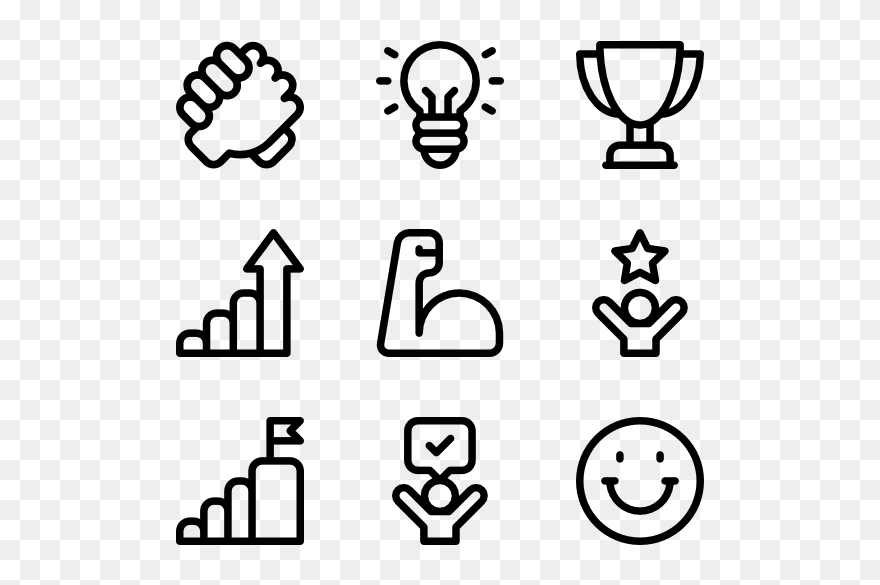Cultivating a Culture of Continuous Learning: A Leader's Guide to Growth
In today's dynamic and competitive business landscape, continuous learning is no longer a mere advantage; it's a strategic imperative for sustained organizational success. This article presents a comprehensive framework for leaders to cultivate a thriving learning culture, empowering their teams to embrace growth and drive innovation. We will explore key concepts such as growth mindset theory, organizational learning theory, and transformational leadership, applying them to practical strategies for fostering a culture of continuous learning within organizations.
Establishing Clear Expectations and Setting Learning Goals: Before implementing any initiatives, it is crucial to establish clear expectations regarding continuous learning, aligning individual roles with overarching organizational goals. This involves setting Specific, Measurable, Achievable, Relevant, and Time-bound (SMART) learning goals for each team member, providing the necessary support and resources to facilitate their achievement. This alignment fosters a shared sense of responsibility and commitment to collective growth, mirroring the principles of goal-setting theory and ensuring individual ambitions are interwoven with organizational strategy.
Leading by Example: Authentic Leadership and Continuous Learning: Transformational leadership plays a pivotal role in establishing a learning culture. Leaders must embody a growth mindset, actively participating in professional development initiatives and transparently sharing their learning journeys, including both successes and setbacks. This authenticity fosters trust and credibility, inspiring team members to emulate their leader’s commitment to continuous self-improvement. This approach aligns with the principles of social learning theory, emphasizing observational learning as a powerful driver of behavior change.
Investing in Targeted Growth Opportunities: Organizations must strategically invest in targeted professional development opportunities tailored to individual needs and career aspirations. This could encompass structured training programs, mentorship schemes, cross-functional projects, participation in industry conferences and workshops, and access to online learning platforms. Regular evaluation of these programs, utilizing Kirkpatrick's four levels of evaluation, ensures ongoing relevance and efficacy, aligning training with organizational performance goals. This demonstrates commitment to employee development and return on investment in human capital.
Fostering a Psychologically Safe and Inclusive Learning Ecosystem: A crucial element is creating a psychologically safe environment that encourages open communication, diverse perspectives, and constructive feedback. This involves promoting a culture of respect and psychological safety, where individuals feel comfortable expressing ideas without fear of judgment or reprisal. This fosters a collaborative environment conducive to knowledge sharing and collective problem-solving, aligning with the principles of organizational learning and knowledge management. This inclusive approach leverages the full potential of team intelligence, promoting innovation and creativity.
Promoting Reflective Practice and Knowledge Sharing: To maximize learning impact, organizations should promote reflective practice through self-assessment exercises, journaling prompts, and structured feedback sessions. This helps individuals consolidate their learning, identify areas for improvement, and deepen their understanding, contributing to more efficient and effective learning processes. Simultaneously, creating platforms for knowledge exchange, like internal wikis or communities of practice, encourages the sharing of expertise and lessons learned. This approach directly reflects the principles of Kolb's experiential learning cycle, emphasizing the importance of reflection in learning.
Transforming Failure into a Learning Opportunity: The perception of failure must be fundamentally reframed. Instead of viewing failures negatively, they should be positioned as invaluable learning opportunities. Providing support and guidance helps team members analyze their mistakes, extract key lessons, and apply these insights to future endeavors. This approach fosters resilience and cultivates a growth mindset, promoting continuous improvement and aligning with the principles of resilience theory.
Incentivizing and Recognizing Continuous Learning: Implementing effective reward systems is crucial. This could include bonuses, promotions, or public recognition for individuals consistently demonstrating a commitment to professional development. This positive reinforcement solidifies desired behaviors and promotes a culture of lifelong learning. This approach leverages operant conditioning principles to reinforce positive learning behaviors and create a positive feedback loop.
Utilizing Technology to Enhance Learning: Leveraging technology can significantly enhance continuous learning efforts. This could involve incorporating learning management systems (LMS), online learning platforms, and collaborative tools to facilitate access to resources, track progress, and enhance knowledge sharing. This approach optimizes learning efficiency and accessibility.
Continuously Monitoring and Adapting: A culture of continuous learning is not static; it requires constant monitoring, evaluation, and adaptation. Regular feedback mechanisms, such as employee surveys and performance reviews, should be implemented to assess the effectiveness of implemented strategies and identify areas for improvement. This iterative process ensures the continuous improvement of the learning culture and its alignment with organizational needs and strategic goals.
Conclusion and Recommendations:
Cultivating a culture of continuous learning requires a holistic and sustained approach. By implementing the strategies outlined above, leaders can create an environment that empowers employees, fosters innovation, and drives organizational success. The integration of growth mindset theory, organizational learning principles, and transformational leadership is crucial. Further research should focus on developing more sophisticated metrics for measuring the effectiveness of learning cultures, examining the long-term impact of various interventions, and exploring how to tailor these strategies to specific organizational contexts and industry sectors. The return on investment from such a culture is significant, resulting in increased employee engagement, improved performance, enhanced innovation, and a more adaptive and resilient workforce.
Reader Pool: What additional strategies or approaches could leaders employ to effectively cultivate a culture of continuous learning within their respective organizational contexts, considering the specific challenges and opportunities presented by their industry and workforce demographics?




No comments yet. Be the first to share your thoughts!